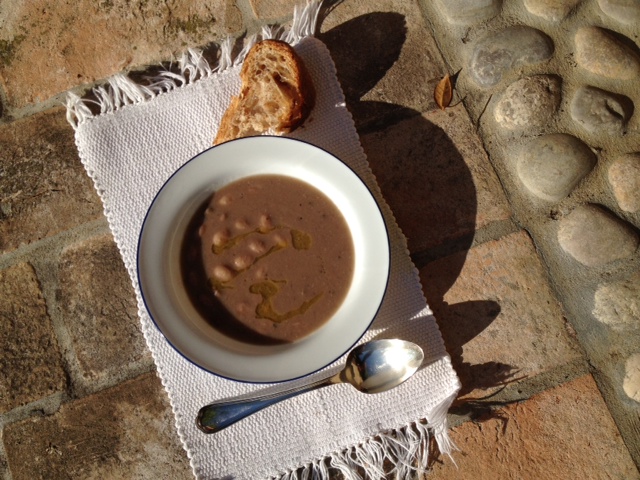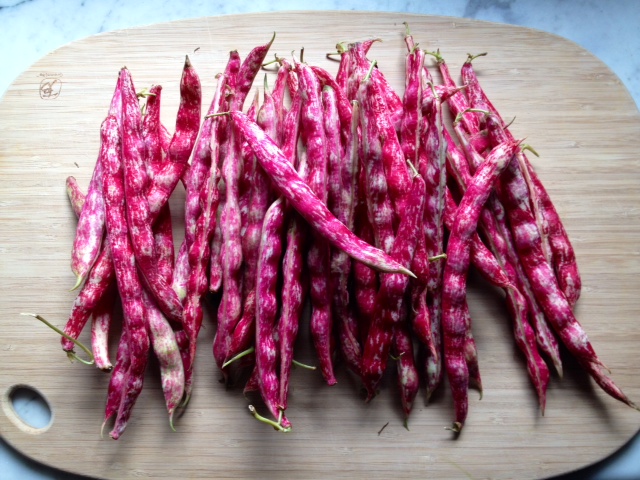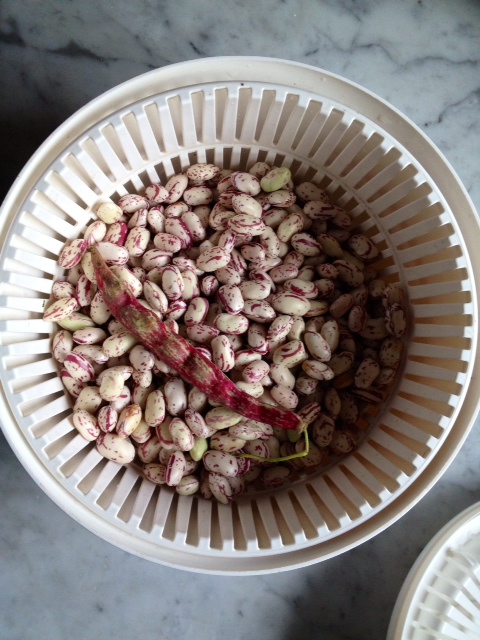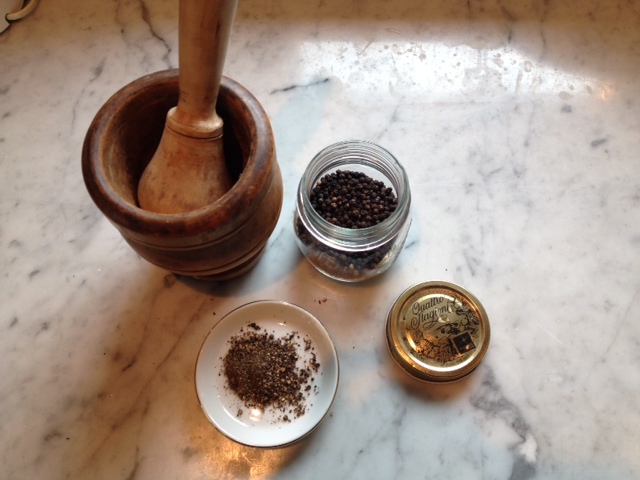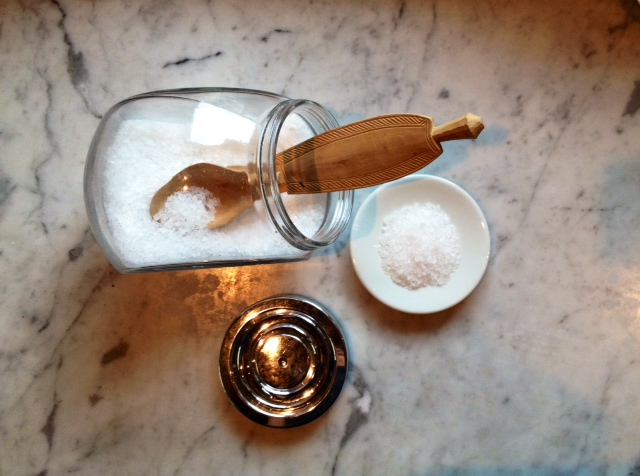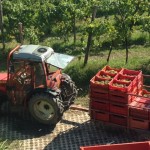Fasioi: Veneto’s Refined Bean Soup Recipe with Borlotti Beans
Simply named after the word for beans in Veneto dialect, Fasioi is a dish that I make almost every week when temperatures begin to drop because it is just that good. Rich, warming, nuanced and delicious, this is a soup that is at once hearty, healthy, and so easy to prepare. The way that these ingredients unite in symphonic flavor in the final dish is evidence of its refinement—even when the few constituents make up little more than a peasant’s fare. Pay attention to the subtleties of the instructions and you’ll master this dish without any difficulty! See the recipe and instructions below. Buon appetito!
Ingredients
- 2.2 lbs Fresh Borlotti Beans or 500 g dried (soaked overnight)
- 1 Sprig Rosemary
- 8 Sprigs Thyme
- 1 White Onion
- 4-5 Tbs Olive Oil + a little extra to drizzle when plating
- Freshly Cracked Pepper to taste
- Coarse Salt to taste
- Water
1. Remove your beans from the sheaths and give them a good rinse, discarding any that are discolored or sticky. If using dried beans rinse them as well.
2. Cover them with 1 ½ – 2 inches of water and bring them to a boil.
3. Add your finely diced onion to the pot.
4. Let the beans boil for five minutes and then reduce to a simmer (low-medium heat) with the lid partially open. Depending on the beans that you’re using, the overall cooking time could range from 1 ½ hours (if fresh Borlotti) or 2 1/2 hours (if dried). The freshness of the dried beans also factors in as well; fresher beans cook more quickly. Stir about every fifteen to twenty minutes.
5. Prep your herbs for their infusion in the olive oil—the finer the better. (I don’t recommend using dried herbs.)
6. The infusion of rosemary and thyme is to be added just before serving. Heat the oil over low heat for about two minutes in order to extract the flavors and aromas of the fresh herbs.
7. Coarsely crack or grind your black pepper. (Usually I use basic Tellicherry peppercorns that are available almost everywhere.) These are to be stirred in at the very end of cooking.
8. After the beans have reached your preferred consistency—I like them with a bit of density so I let them cook longer, although more liquid is fine too—add the salt in small doses until it is to your liking. Keep in mind that beans need to be well-seasoned in order to show off their earthy flavors.
9. Serve with a drizzle of fresh olive oil—one with a peppery backbone works well in this dish. Pair with a dry, white such as Tocai Friulano, Ribolla Gialla, or Pinot Bianco.
Enjoy!
Note: The finished textures of the versions using fresh beans and dried beans are very different. Because of the naturally higher moisture content of the fresh beans, I would recommend covering them with only an inch and a half of water at the beginning of cooking process. The final result is usually brothier and highlights whole, tender beans. About an hour and twenty minutes of cooking should be sufficient for fresh bean version. An alternative is to puree about half of the beans and reenter them into the soup in order to achieve a richer, silkier mouthfeel. The soup from dried Borlotti, instead, requires about two and a half hours of slow cooking. Towards the end the beans begin to break down and sort of create a puree on their own that yields a denser result. Because of the extended cooking, be sure to cover the beans with two inches of water (or slightly more) before initiating the process. Don’t be afraid to add some water midway if necessary. Adjust the cooking time in accordance with the final texture that you’re looking for.

